5. The Amazing Adventures of Spider-Man (Islands of Adventure)
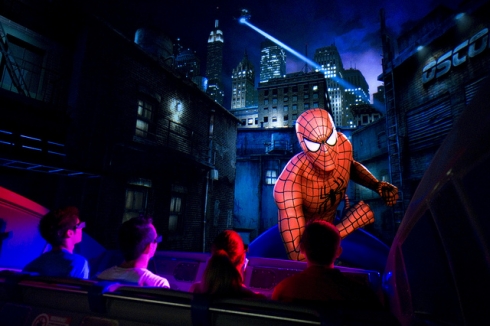
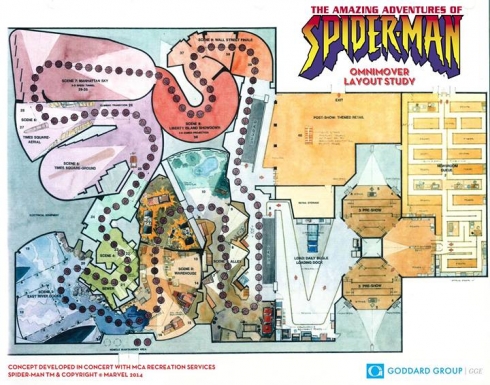
However, when in 1995 Disneyland opened Indiana Jones Adventure: Temple of the Forbidden Eye, combining an innovative motion vehicle system with stunning special effects, Universal felt it needed to up the ante. "We always try to make things a little higher, a little faster, a little bit more dynamic, so we have something to market technologically," said Lovelace. "Universal pushes the envelope." Universal instead decided to incorporate elements from two previous rides - Back to the Future: The Ride (which featured advanced motion simulators) and Terminator 2: 3-D (which combined 3-D projection screens with physical) effects. The rest is history.
4. Haunted Mansion (Disneyland)
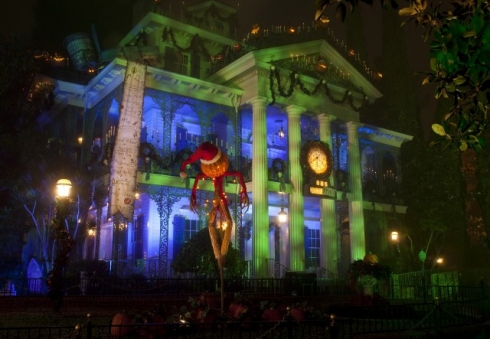
What it is: A stunningly detailed dark ride through a haunted abode that has entertained generations of visitors to Disneyland. What it could have been: The facade of the Haunted Mansion began construction in 1962, and was completed in 1963 - but the ride itself did not open until 1969. Initially, the building was expected to contain a walkthrough attraction, along with a pre-show/queuing area and a themed restaurant. The pre-show area and restaurant were both to be themed around a "Museum of the Weird", packed with curiosities "discovered" all over the world. 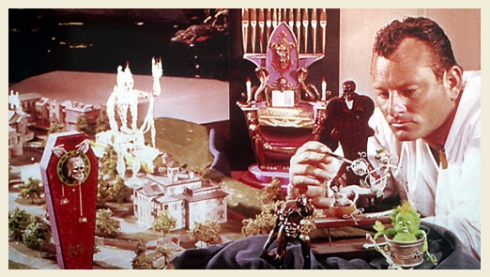
After Walt Disney died in 1966, the Haunted Mansion concept evolved significantly into the Omnimover dark ride that it is today. The Museum of the Weird concept was dropped, although it has seen been revived in comic book form by Disney-owned Marvel.
3. Terminator 2 3-D: Battle Across Time (Universal Studios Florida)
What it was (closed in 2017): A mini-sequel to Terminator 2: Judgment Day, directed by James Cameron and featuring a combination of on-screen 3-D action, physical effects and live actors. What it could have been:When Gary Goddard's Landmark Entertainment were asked to put forward concepts for an attraction based on Terminator 2, they devised several alternatives to the 3-D / live-action show that was ultimately built. Among these was a roller coaster ride set in a post-apocalyptic Los Angeles:
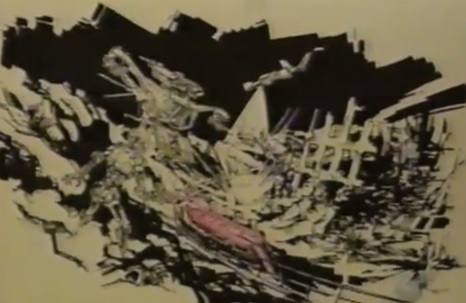
Another Terminator 2 concept was for an interactive attraction set in a futuristic war zone, which would have seen guests joining the battle between man and the machines:
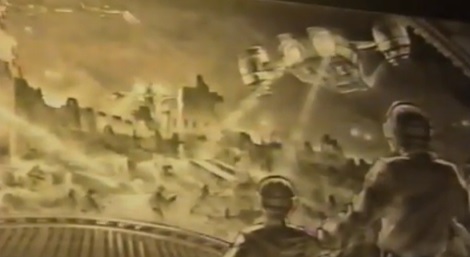
Ultimately, Goddard was able to convince Universal to push ahead with the development of a hybrid movie and live-action show, as well as persuading Cameron to come on board as director.
2. Twilight Zone Tower of Terror (Disney's Hollywood Studios)
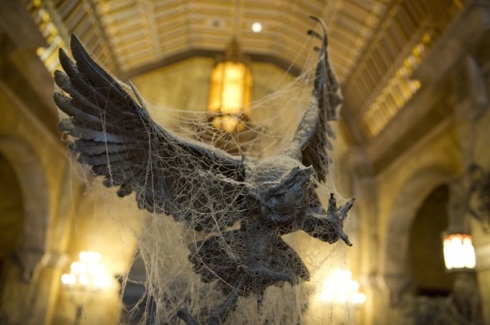
What it is: A thrilling combination of a dark ride and a drop tower. Guests enter the Hollywood Tower Hotel, where they board a service elevator that carries them directly to the Twilight Zone. What it could have been: When Disney-MGM Studios opened in 1989, it was featured only a handful of attractions. It had been designed as a "half-day" park, but Disney was soon scrambling to expand it in the face of overwhelming visitor numbers and guest complaints. One concept was for a huge airport based on comedy movie Airplane!, but this was swiftly dropped due to the spiralling projected costs. Disney CEO Michael Eisner, a fan of collaborations with outside firms and individuals, brought in filmmaker and actor Mel Brooks. Brooks and Disney's Imagineers devised an attraction concept based around the "Hollywood Horror Hotel", which would have doubled as a real hotel. One version of this attraction featured a freefall drop tower. 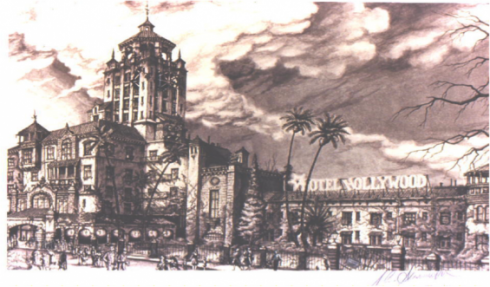 Eventually, Brooks left the project and Disney began looking for other themes. At one stage, Disney considered basing the ride on the works of horror author Stephen King (Universal Orlando also once developed a plan for a ride based on King's works). However, the Twilight Zonewas ultimately seen as offering a broader range of elements that could be incorporated into a ride. The idea of incorporating a real hotel was dropped, and the Hollywood Horror Hotel became the Hollywood Tower Hotel that we know and love today.
Eventually, Brooks left the project and Disney began looking for other themes. At one stage, Disney considered basing the ride on the works of horror author Stephen King (Universal Orlando also once developed a plan for a ride based on King's works). However, the Twilight Zonewas ultimately seen as offering a broader range of elements that could be incorporated into a ride. The idea of incorporating a real hotel was dropped, and the Hollywood Horror Hotel became the Hollywood Tower Hotel that we know and love today.
1. Harry Potter and the Forbidden Journey (Islands of Adventure)
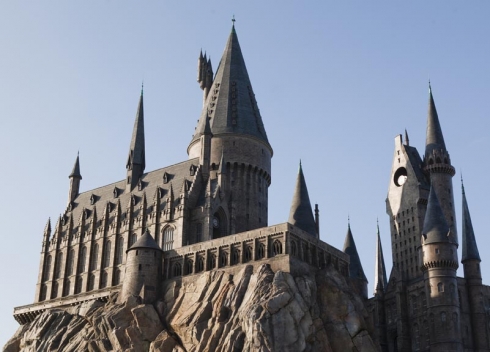 What it is: A unique dark ride that employs robotic arm technology to take guests on a simulated "flying" adventure with Harry Potter and his friends. What it could have been: Harry Potter and the Forbidden Journey achieves its stunning "flying" effect through the use of Kuka Robocoaster arms mounted onto a track. But this wasn't actually the first intended use of the technology in a Universal theme park. Instead, a ride based on 2004's horror action movie Van Helsing was proposed for Islands of Adventure as far back as 2003. The movie itself was directed by Stephen Sommers, who collaborated with Universal on the Revenge of the Mummy roller coaster over at Universal Studios Florida.
What it is: A unique dark ride that employs robotic arm technology to take guests on a simulated "flying" adventure with Harry Potter and his friends. What it could have been: Harry Potter and the Forbidden Journey achieves its stunning "flying" effect through the use of Kuka Robocoaster arms mounted onto a track. But this wasn't actually the first intended use of the technology in a Universal theme park. Instead, a ride based on 2004's horror action movie Van Helsing was proposed for Islands of Adventure as far back as 2003. The movie itself was directed by Stephen Sommers, who collaborated with Universal on the Revenge of the Mummy roller coaster over at Universal Studios Florida. 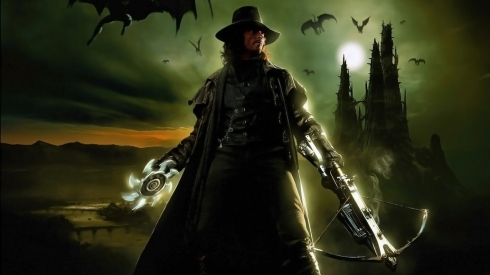 The attraction would have incorporated a variety of special effects as well as projection screens. Some reports have claimed it was canned due to the film's negative critical reception, but Van Helsing still pulled in a healthy $300 million at the box office. A more likely explanation is simply that it was pushed aside once Universal secured the rights to Harry Potter.
The attraction would have incorporated a variety of special effects as well as projection screens. Some reports have claimed it was canned due to the film's negative critical reception, but Van Helsing still pulled in a healthy $300 million at the box office. A more likely explanation is simply that it was pushed aside once Universal secured the rights to Harry Potter.
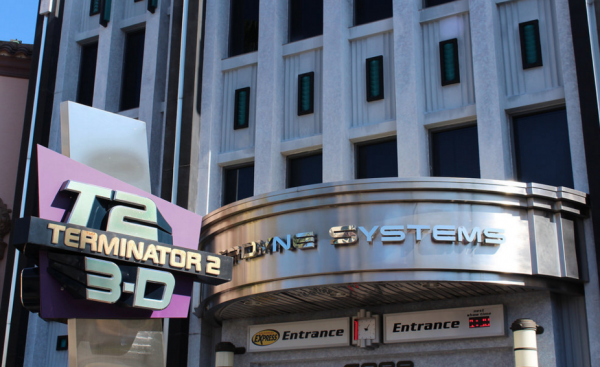

Add new comment